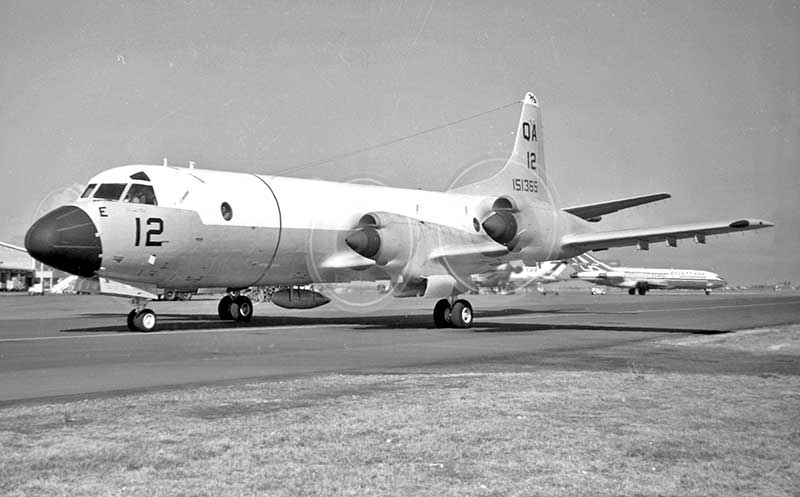Crash of a Lockheed P-3B-85-LO Orion off Phú Quốc Island: 12 killed
Date & Time:
Feb 6, 1968 at 0315 LT
Registration:
153440
Survivors:
No
Schedule:
U-Tapao - U-Tapao
MSN:
185-5237
YOM:
1967
Crew on board:
12
Crew fatalities:
Pax on board:
0
Pax fatalities:
Other fatalities:
Total fatalities:
12
Circumstances:
The aircraft departed U-Tapao Airbase in Thailand in the evening of February 5 for a 24-hour patrol flight over the Gulf of Thailand. Around 0300LT, the crew informed ground about his position and this was the last radio transmission as the airplane disappeared few minutes later and crashed into the sea off Phú Quốc Island. Some debris and two bodies were found 10 days later and all 12 occupants have been killed.
Crew:
Lt Cdr Robert F. Meglio,
Lt(jg) Thomas Paul Jones,
Lt(jg) Lynn Michael Travis,
Lt(jg) Roy Arthur Huss,
AXC Donald Frederick Burnett,
A0C Donald Louis Gallagher,
AMH2 Homer Eugene McKay,
ADR1 James Clifford Newman,
AE1 Melvin Carl Thompson,
ADJ2 Billy W. McGhee,
AX3 Armando Chapa,
AX3 William Farrell Farris.
Crew:
Lt Cdr Robert F. Meglio,
Lt(jg) Thomas Paul Jones,
Lt(jg) Lynn Michael Travis,
Lt(jg) Roy Arthur Huss,
AXC Donald Frederick Burnett,
A0C Donald Louis Gallagher,
AMH2 Homer Eugene McKay,
ADR1 James Clifford Newman,
AE1 Melvin Carl Thompson,
ADJ2 Billy W. McGhee,
AX3 Armando Chapa,
AX3 William Farrell Farris.
Probable cause:
The exact cause of the accident could not be determined. However, it is believed that the loss of control was the result of problems with the autopilot system.

